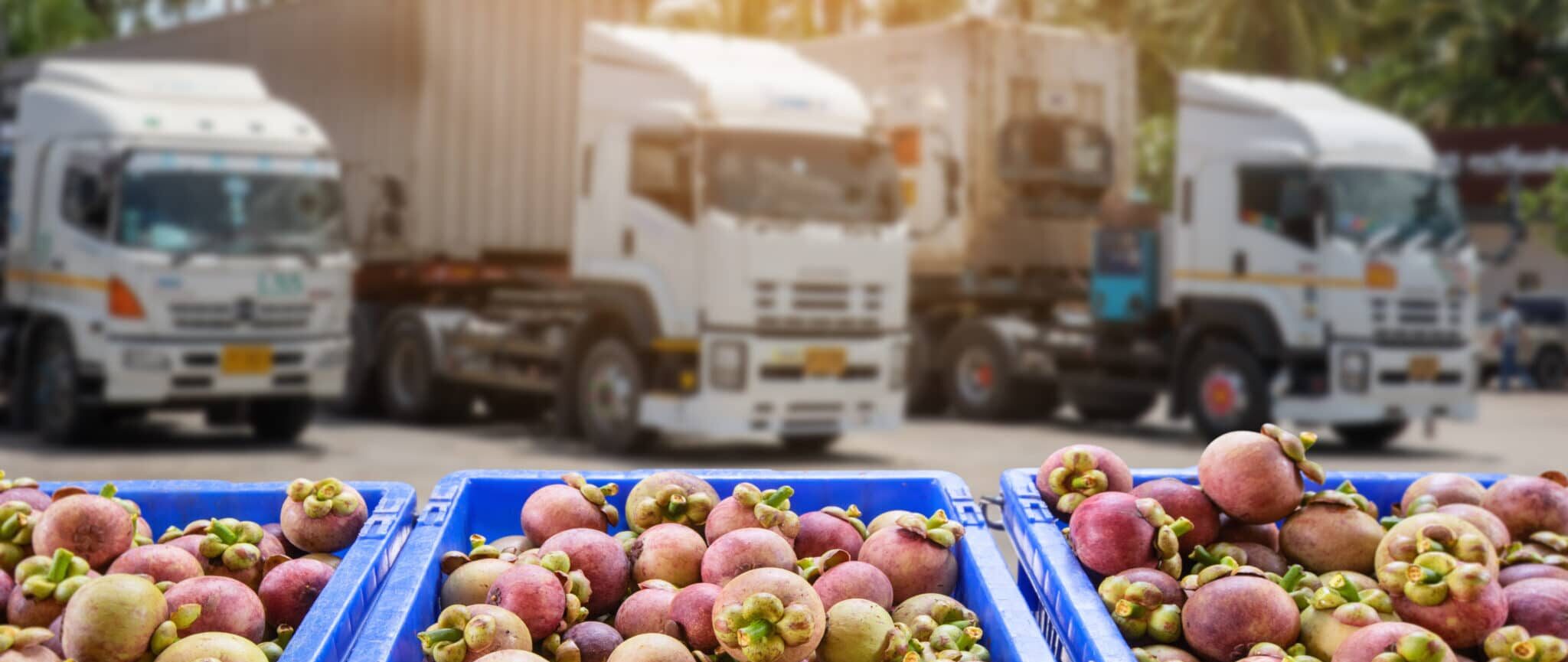
Freight rates continue to remain elevated in year-over-year comparisons. So why is that the case? There are many factors contributing to above-previously-established rate norms.
We have documented several micro trends that are buoying rates above shippers’ accustomed levels. This week we will zero in on produce season and its effects on the market.
Produce season is a yearly occurrence and, for its duration, it can widely affect capacity and freight rates. Refrigerated transportation is particularly at a premium and can be difficult to secure.
Disruptions can be short, lasting less than one month. Other peaks can extend much longer. Knowing these timelines is crucial to supply chain planning.
Produce Season and Freight Rates
Produce season kicks off in warmer agricultural areas of the country in late winter, typically in February. It works its way up from the southern parts of the US as the weather breaks before hitting a peak in late spring and early summer.
During this time, capacity is strained as refrigerated carriers devote much of their space to hauling produce.
Other products that can ship via dry van or on refrigerated trucks will move to van transport. This drives up freight rates across the board.
And even if you do not grow or ship agricultural products, produce season can directly impact your transportation performance and spend.
Produce Season’s Effects on Freight Rates this Year
The severity of produce-driven capacity disruption is dependent on the year. As recently as 2019, little changed during the months of peak produce season, and conditions still very much favored shippers. However, in a year where capacity has already been strained, any disruption can quickly kickstart upward pressure on rates.
Refrigerated capacity has been in demand early this year, hitting peak levels in February in certain markets. The Reefer Tender Reject Index, which takes an effective snapshot of refrigerated transportation demand, hit 51% in Los Angeles—one of the earliest to market produce areas in the country.
This all-time high coincided with inclement winter weather that crippled parts of the south-central United States, turning capacity scarce. Volumes continued to climb in the proceeding weeks before their pinnacle in early March. Since then, volumes have been steadily dipping. Currently, reefer volumes fell 24% and sit at their lowest point since late winter.
However, produce season is just getting started. And in many parts of the country, a colder than average spring has halted the early stages of agricultural production.
According to Ag Week, “After cold temperatures in April squashed hopes for an early planting season, farmers are making up for lost ground in the western Corn Belt.”
This late crop production could delay the capacity crunch by a few weeks, sending issues for shippers into the summer.
Work with CPG Specialist to Navigate Produce Season
Shippers should continue to prepare to deal with capacity difficulties in warmer markets throughout the country. They should also prep other networks to deal with produce season issues in the coming weeks.
Refrigerated transportation is particularly at a premium and can be difficult to secure if not working with a logistics provider with an expansive network. While rates are still likely to spike during produce season, you can get ahead by locking in capacity in advance or adjusting your network accordingly.
Disruptions can vary from regional market to regional market. See what crop production is affecting which area with our extensive produce calendar and interactive map.
Shippers looking to get ahead of any difficulty should look to a true logistics partner to help offset capacity fluctuations. Reach out to discuss how Zipline can help.